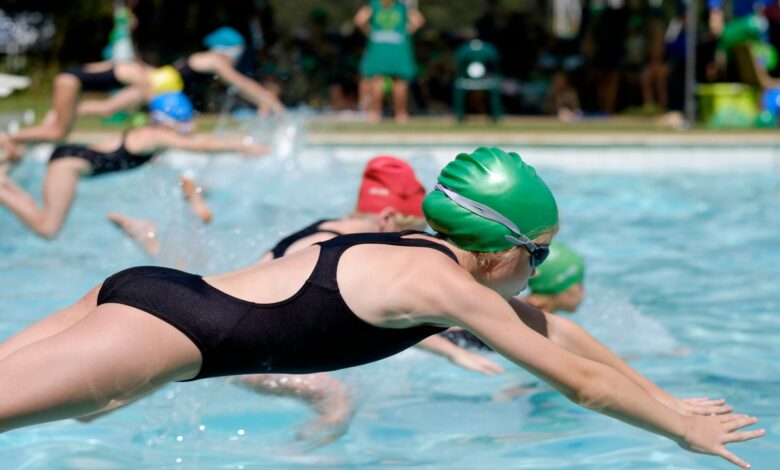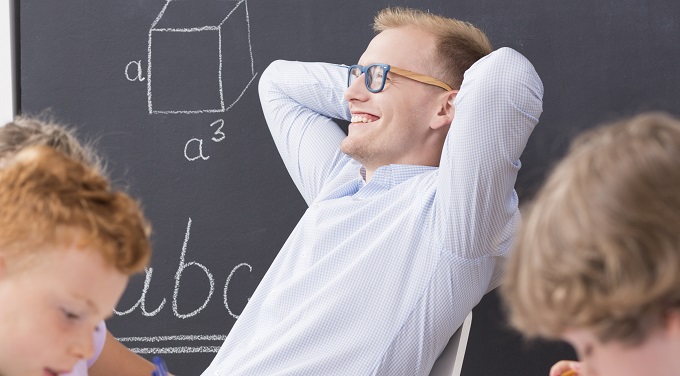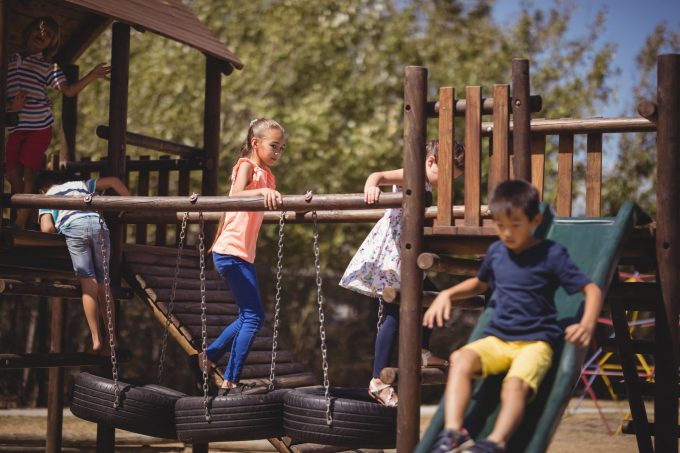Pool Upgrades to Future-Proof Maintenance Costs
Each year more than 280 people die due to drowning across Australia, and hundreds more are admitted to hospital following non‐fatal drowning incidents.

A pool where children can safely explore the water and learn to swim competently is a life-saving facility, so school pools are critical in contributing to the goals of the Australian Water Safety Strategy (AWSS) 2030, which was launched last year. The AWSS seeks to raise awareness about non‐fatal drowning incidents, encourage communities to create local water safety plans and promote access to swimming and water safety skills for all Australians. It aims to see drownings reduced by 50 percent by 2030. Water safety is everyone’s responsibility, says the AWSS, and the new strategy outlines what water safety organisations, councils, schools, and communities can do to help.
Having a school pool can is lifesaving, yes. But this is a big job that starts with the safety of the pool itself. Safety is not just to be measured in terms of supervision to prevent drowning risks, but in terms of water quality, infrastructure, and temperature too. If your pool is looking less-than-loved following lockdowns and disruptions over the past couple of years, maybe it’s time to give it a health check.
Monitor, Audit, Upgrade
To ensure your school’s filtration system is functioning effectively, regular servicing is a necessity. Monthly microbiological pool water monitoring is one of the many aspects of pool maintenance. This may require water samples be sent to a specialist water treatment lab to check for chemical makeup and ensure optimum water quality.
Maintaining a healthy water temperature requires more than simply letting the sun shine on your pool. In Australia, solar heating is one of the most efficient ways to heat water year-round. Solar systems that have both not been installed correctly or cannot adequately handle the harsh Aussie weather can break down, damaging roof areas, so make sure you engage with professionals for design, installation, and maintenance.
Pool heat pumps can be an efficient form of water heating and can prove to be up to five times cheaper to operate than electric resistance heating and up to half the operating cost of natural gas.
A well-engineered fixed speed heat pump can be a good option given a pool’s large thermal mass, as it can hold the temperature, allowing the system to shut down and save money when optimum temperature is reached. Capacity and performance changes depending on air and water conditions, so comparison can be difficult, however, without a tailor-made solution from the pros.
Keeping your pool covered is an essential for safety as well as water quality maintenance. Quality covers also prevent evaporation and can contribute to heat retention, so it’s important to factor this into your budget.
The risk of budgets expanding due to costly repairs and maintenance over the long term can be mitigated by using a reputable company with a long, successful history of working with school pools from the outset.
Professional Pool Heating: Supplier Recommendations
School News spoke with Anthony Denahy from Supreme Heating, who has been working with schools to design systems that maximise their large available roofing areas.
“The environmental impacts of a pool—with the energy required to maintain it at a usable and safe level—are high, and the costs associated are only getting higher. The greatest cost in maintaining a pool is often the heating requirements, which can be managed by having a strategy to reduce this cost and still maintain the desired temperatures.
“Traditionally, gas heating was the mainstay of pool heating but with the increasingly high price and negative environmental qualities, electric heat pumps have become a more common heating source.
“Coupled with a suitably designed solar thermal system, costs are reduced significantly, temperatures achieved, and maintenance costs reduced.”
Elaborating on this, he said: “The great thing with a thermal system is the lack of moving parts. A small inexpensive solar pump is really all that drives the system, and with improvements in manufacturing and compounds, a long product life is available. Still, as with anything that is constantly exposed to the elements, a yearly service is recommended to ensure the operating output is kept at a high level.
“A well-designed solar heating system can be the heavy hitter in heating any pool and should be the primary consideration. Supplementary heating, such as electric heat pumps or gas heating can then be coupled into the system to provide the shortfall for times when the system needs additional input.”







